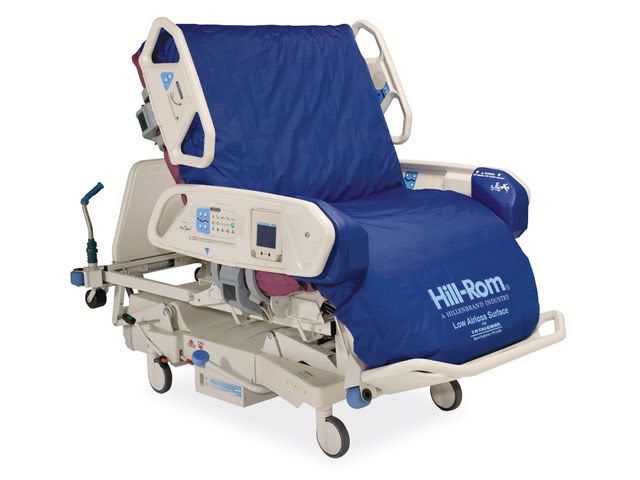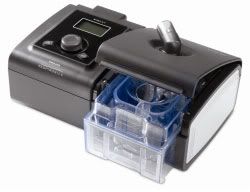
It is week 24 of “two weeks to flatten the curve”. Pennsylvania’s recent bump in cases, mainly in Western Pennsylvania has subsided with a minimal increase in hospitalizations and no real increase in the rate of death which was already quite low.
There are a few counties said to be “problematic” because their PCR positivity rate is greater than 5% (the overall rate in the state is 3.4%). Most counties report that the percentage of their emergency room visits for COVID-like symptoms are less than 1%.
In the southern states, almost without exception, their rates of infection have peaked and are now decreasing. As I have said before, there was definite morbidity and mortality as a consequence of these surges. Those numbers too are either flat or improving. You can see this most easily on the Atlantic’s COVID project page where each state’s data is numerically and graphically displayed.
Almost without exception, all of the recent trouble spots were in essence experiencing their first onslaught, much like the Northeast experienced in April. One gets the impression that the virus is moving through the country like a wave that started in the Northeast and moved south and west. Interestingly the Dakotas seem like the next hot spot, but although their numbers are rising, they are rather low compared to other states.
To me, it seems that the virus’s behavior in the Northeast over the summer months has been similar to the seasonal behavior of other respiratory viruses. We remain aware of its presence because uniquely among respiratory viruses, we are continuing to test for it in the population. Given the burden of disease suggested by the emergency room and admissions data, it would otherwise likely go unnoticed.
Some would say that it is through our masking and social distancing, that we have controlled the pandemic. I would argue that this virus is observing its own timeline, with a minimal impact from our suppressive efforts. Like most viral infections once it enters the population it spreads, peaks, and declines. That is happening all over the country, we’re just several months ahead.
I still wear a mask and respect people’s space. But after the onslaught, this spring and the many months since only 1% of Pennsylvania’s population has been documented to have an infection. Maybe we need to relax a bit.
There is certainly reasonable concern about opening schools and colleges. This has already happened in much of Europe and Asia with generally good success. Middle school and younger children have a low amount of the ACE2 viral receptor and generally are thought not to be contagious. Older children are “spreaders” but usually with fewer, milder symptoms. Teachers of course are older and a concern, but are exposed much the same as anyone who deals with the public. The good news is we can watch other countries as they move forward.
I do want to speak to another virus that infects us and is far worse than coronavirus. I speak of the rampant disrespect and intolerance online and in the community, at large. As a baby boomer, I would be tempted to ascribe it mainly to younger people, but I know that isn’t true. Somehow, we got to a point where people have no regard for others, especially if they hold views that they find disagreeable.
The incubator and breeding ground for this is social media. Facebook and Twitter have provided an arena for arguments in the “ether” where people feel unbridled from the courtesies we generally employ when arguing in person. This is extremely pernicious in our increasingly selfish, areligious, and amoral society.
As many of you are aware I’ve seen this first hand. I spend a lot of time researching these articles before they’re published and I genuinely hope to convey what I believe is truthful information, even if it flies against what is being said in the media. I have been guilty of some snark when it comes to the governor and the secretary of health. I only began to be critical of them in mid-May, after we passed our infection peak, and there was no sign that they had any interest in listening to voices in the legislature, or those of small business owners being driven out of business. I have tried to keep my criticisms based on their actions, and not their political party.
For several weeks now, I have had rather persistent, and militant, commenters on my Facebook page. These aren’t people that are pointing out specific errors they feel I’ve made. They prefer to condemn my viewpoint without evidence, and quickly go “Ad hominem” when rebutted. They accuse me of lying and are arrogant enough to report a post to Facebook for removal. They’re vicious and very persistent. The last person was posting under an account that appeared brand-new and had very little personal information. When pressed, the person admitted that the account was anonymous to avoid facing responsibility for their comments.
If I read something on Facebook for instance that I disagree with, I may post a retort. Usually, I reserve this attention for friends. I try to use irony rather than sarcasm as the latter tends to come off as mean. And I don’t persist. Friendships are worth more than winning an argument.
This angry self-righteousness in our citizens is far more dangerous than COVID. Because, as we see in places like Portland, Kenosha, Seattle, and Minneapolis, this pandemic has the potential to literally tear apart our society if it is not stopped. If anyone should be “quarantined”, it is the vicious purveyors of hatred and mayhem who infect and highjack peaceful protests.
I remain extremely grateful to those of you who share these posts and offer support and encouragement. I feel the same for those of you who disagree politely, either with a critique, or your silence.
It’s only with kindness and respect that we will cure this virus.
Image: Ligularia in August (Samsung Galaxy S8)




